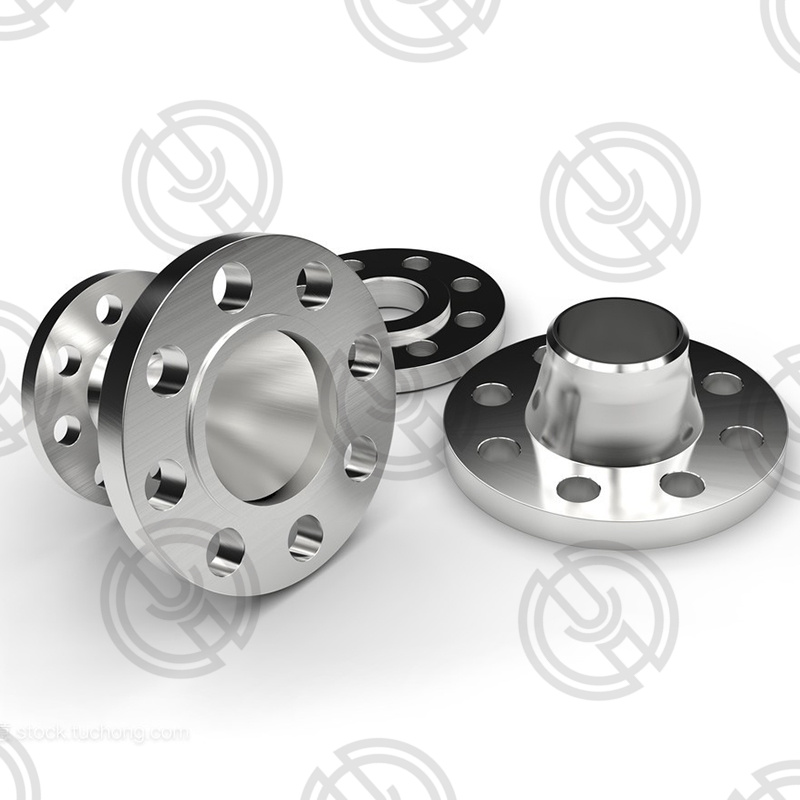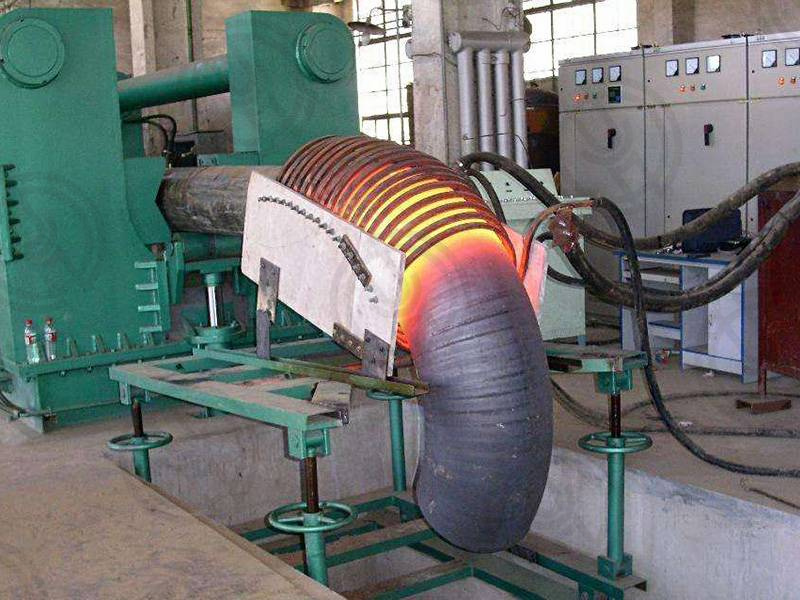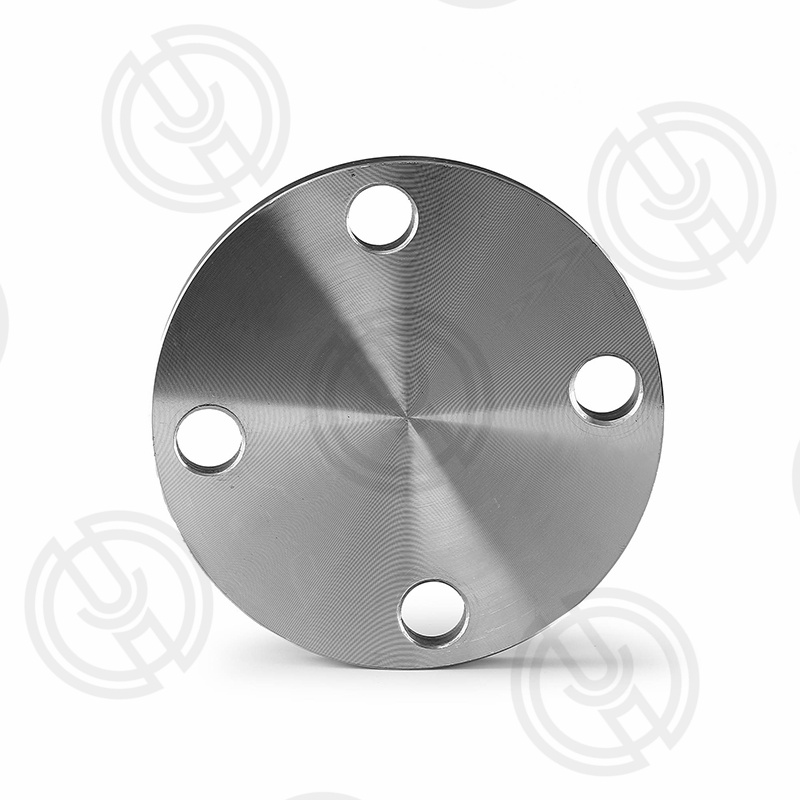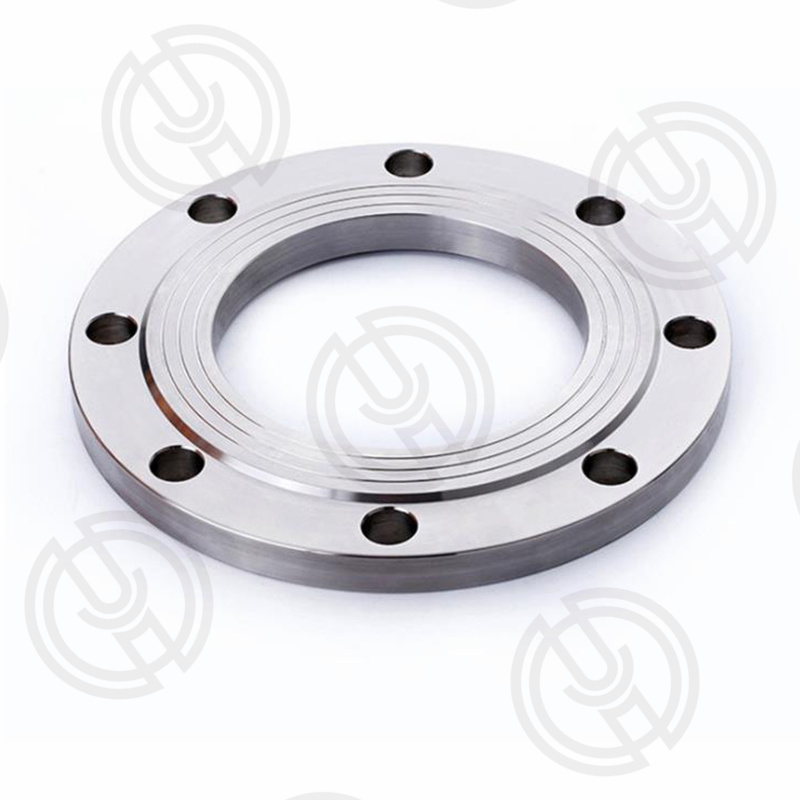ASTM A350 LF6 Flanges
ASTM A350 LF6 is a specification for carbon and low-alloy steel forgings that require notch toughness testing for low-temperature service. The “LF6” designation refers to a specific grade of low-alloy steel designed to perform well in cryogenic and low-temperature environments, making it suitable for applications such as liquefied natural gas (LNG) facilities, cryogenic storage, and […]
ASTM A350 LF6 Flanges Read More »






